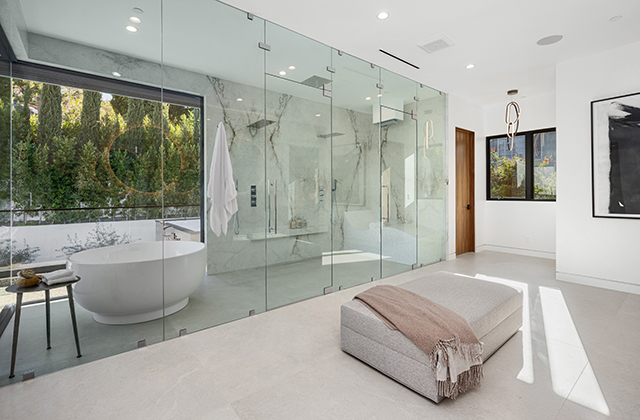Reeded glass, with its distinctive texture and visual appeal, has been a staple in architectural and interior design for decades. From sleek office partitions to elegant bathroom windows, its versatility and unique aesthetic have made it a popular choice among designers and homeowners alike. However, amidst its undeniable charm, questions linger regarding its practicality in modern design. In this article, we delve into the characteristics, applications, and considerations surrounding reeded glass to assess its functionality in contemporary settings.
Understanding Reeded Glass
Reeded glass, also known as fluted or ribbed glass, is characterized by its textured surface featuring parallel linear patterns. These patterns, typically running vertically or horizontally across the glass pane, create a subtle play of light and shadow, adding depth and visual interest to any space. This distinctive texture not only enhances privacy by diffusing visibility but also allows ample natural light to filter through, maintaining a sense of openness while offering a degree of seclusion.
Applications in Modern Design
One of the most notable applications of reeded glass in modern design is in interior partitions and dividers. Whether used in residential or commercial settings, reeded glass partitions offer a balance between openness and privacy, allowing spaces to feel connected while delineating boundaries. In offices, these partitions promote collaboration while providing individual work areas with a degree of separation. Similarly, in residential spaces, they can divide living areas without sacrificing light or visual continuity.
Moreover, reeded glass finds its place in various architectural elements such as doors, windows, and facades. When used in doors, it adds a touch of elegance and sophistication, while also obscuring the view into private areas. In windows, it serves as a decorative element, diffusing harsh sunlight and softening the interior ambiance. Additionally, reeded glass facades create visually striking exteriors, enhancing the overall aesthetic appeal of buildings while maintaining functionality.
Practical Considerations
While reeded glass undeniably offers aesthetic benefits, practical considerations must be taken into account when incorporating it into design schemes. One such consideration is maintenance. The textured surface of reeded glass can accumulate dust and grime more easily than smooth glass, necessitating regular cleaning to preserve its appearance. However, advancements in glass coatings and cleaning technologies have made maintenance more manageable, mitigating this concern to some extent.
Another consideration is durability. While reeded glass is generally robust, it may be more prone to scratches and damage compared to smooth glass surfaces. Therefore, careful handling during installation and routine maintenance are essential to ensure its longevity. Additionally, the thickness of the glass and the quality of its fabrication can impact its durability, with thicker glass panels offering greater strength and resilience.
Furthermore, the level of privacy provided by reeded glass may vary depending on factors such as the density of the ribbed patterns and the distance between them. In spaces where enhanced privacy is required, such as bathrooms or conference rooms, opting for a higher density or tighter spacing of ribbed patterns can offer increased seclusion while still allowing light transmission.
Conclusion
In conclusion, reeded glass remains a practical and aesthetically pleasing choice for modern design applications. Its unique texture adds visual interest and depth to spaces while maintaining a sense of openness and connectivity. From interior partitions to architectural elements, reeded glass offers versatility and functionality, enhancing both residential and commercial environments.
However, designers and homeowners should consider practical factors such as maintenance, durability, and privacy when incorporating reeded glass into their projects. By addressing these considerations and leveraging advancements in glass technology, the practicality of reeded glass window film in modern design can be optimized, ensuring its enduring appeal in the built environment. Click here to consider our glasses at WilloughByGlass.
